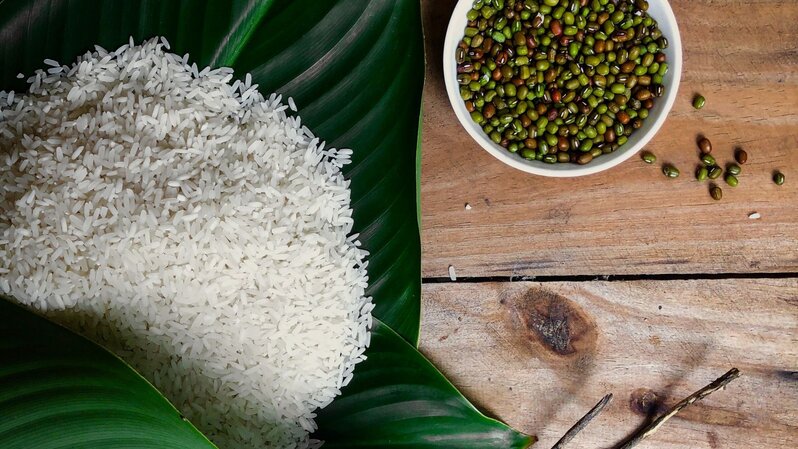Having a sweet tooth is both a blessing and a burden. After all, what comes with the saccharine pleasure to your palate is a potential threat to your health in the long run. But what if we tell you that there's a way to tone down on the sugar intake while still keeping your relationship with sweets? Try ama-koji.
Similar to kombucha and kimchi where fermentation plays a huge part in its creation process, ama-koji is its sweet counterpart. This Japanese food processing method involves deriving the starch that comes from koji fungus, transforming it to glucose through heat. The end result becomes your new and healthier sweetener. While that sounds like complex chemistry, it's actually much easier than you think.
How to make ama-koji
It all starts off with acquiring rice malt (koji) from your local supermarket. This ingredient is made from rice that's been cultured with the use of Aspergillus oryzae, a fungus often used in East Asian cuisine. This transforms the rice from solid to a liquid form, making it easier to mix in with other ingredients. This fermentation process allows the rice to enrich the food's amino and fatty acids, as well as elevate the flavour of sweetness. But this is only the first step. You'll also need a cooking thermometer as temperature plays a huge role in the next step.

After acquiring the rice malt, it's time to do some heating. Create a thin rice porridge as you usually do and pour in the rice malt. Make sure the rice malt is at room temperature before you start putting it in to maintain a steady temperature. Mix it with the rice porridge. Cover the mixture with a lid and let the rice malt warm up even more. Make sure you check in every so often, stirring the porridge and the malt ever so slightly, not allowing the temperature to go lower or exceedingly higher than 60 degrees Celsius. You can usually do so by keeping your rice cooker in the 'warm' setting.
It will typically take two to three hours, and you can usually tell by tasting once the ama-koji has fully fermented given its newly acquired sweetness. Some people leave it in the steady heat overnight to let it develop into its maximum its sweetness level, but you can make do with a couple of hours or so.



